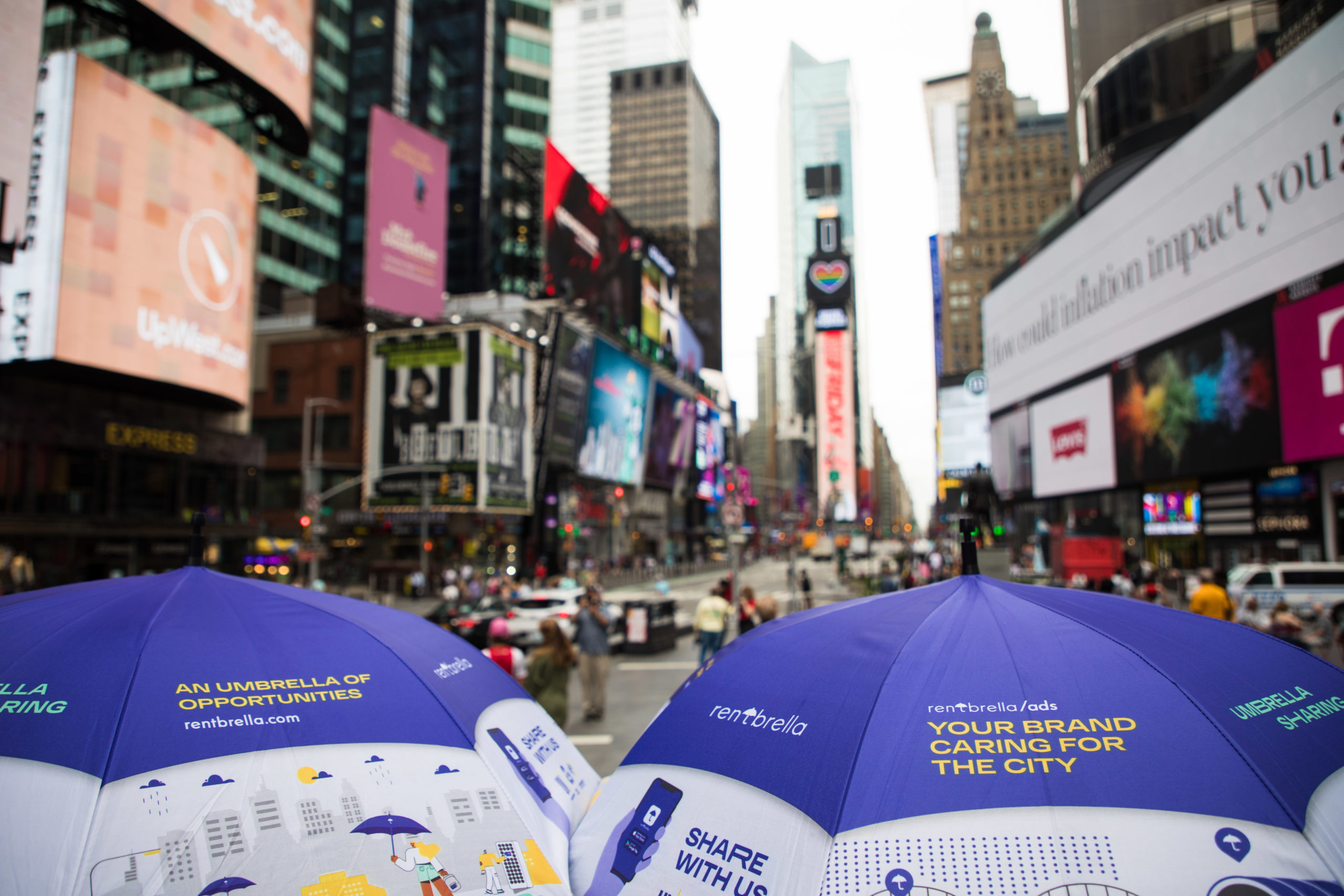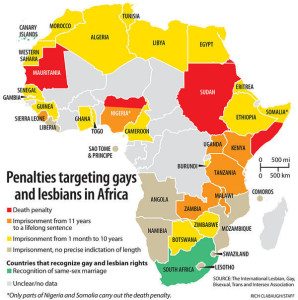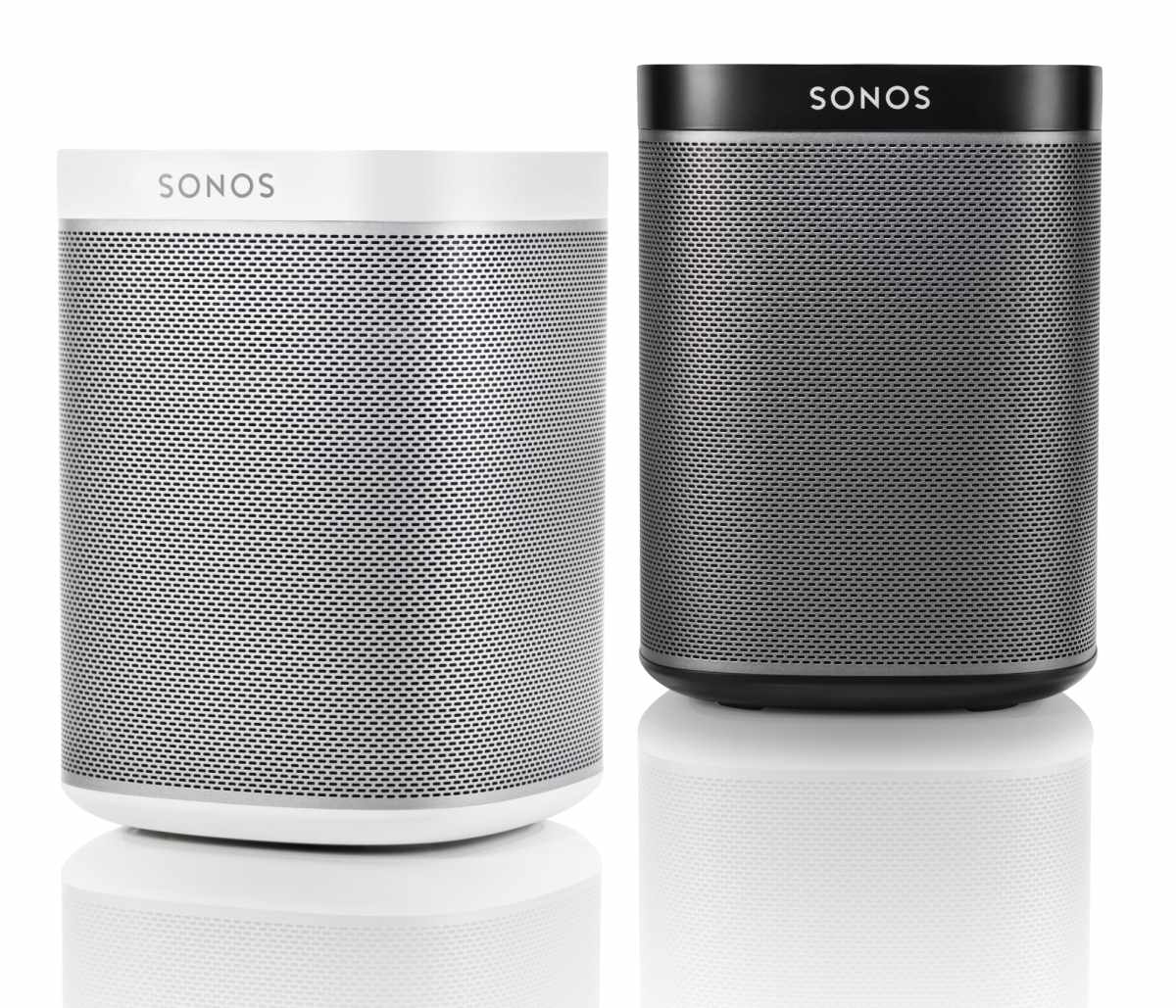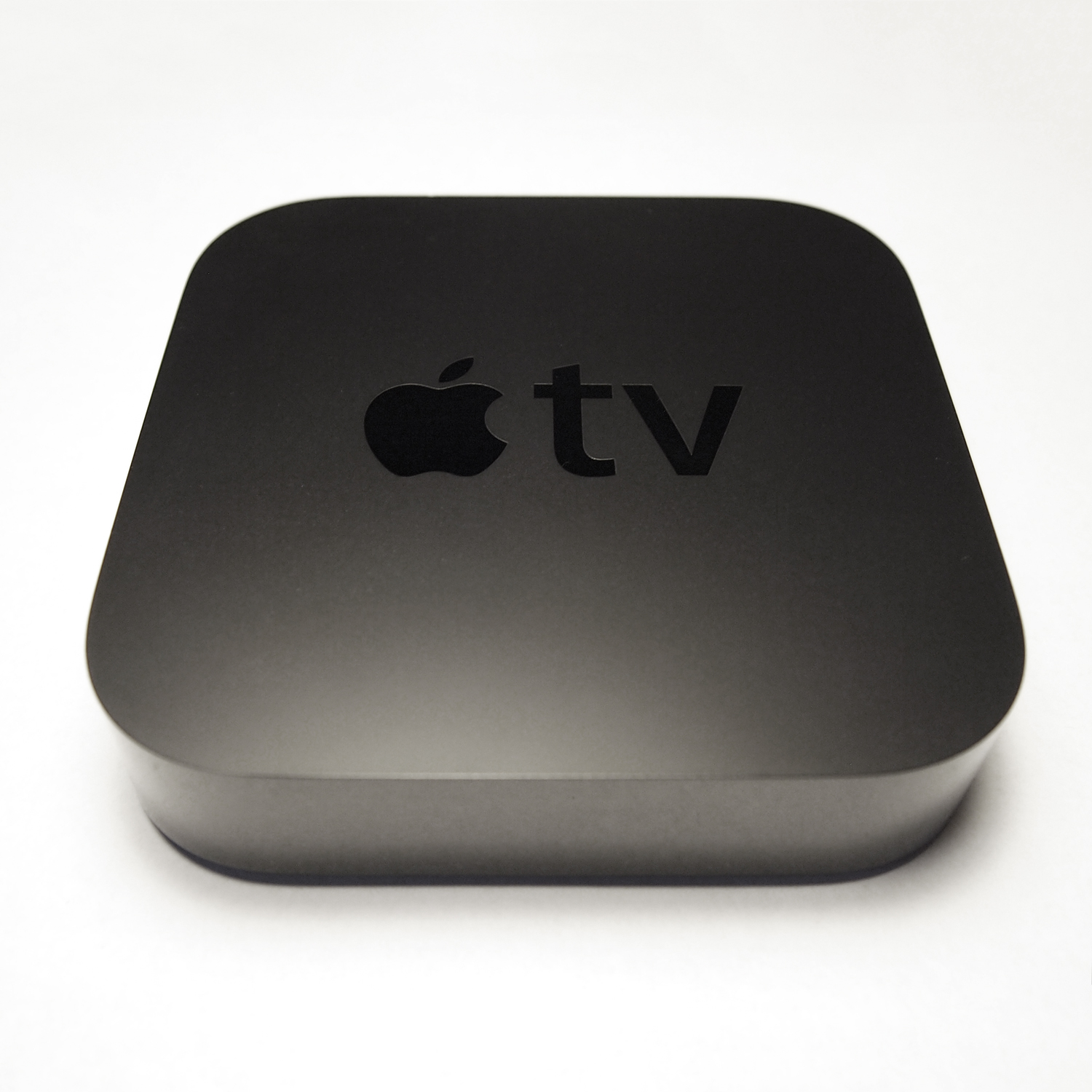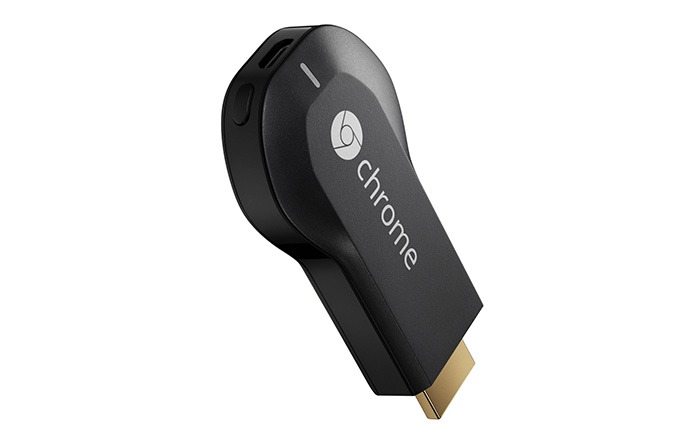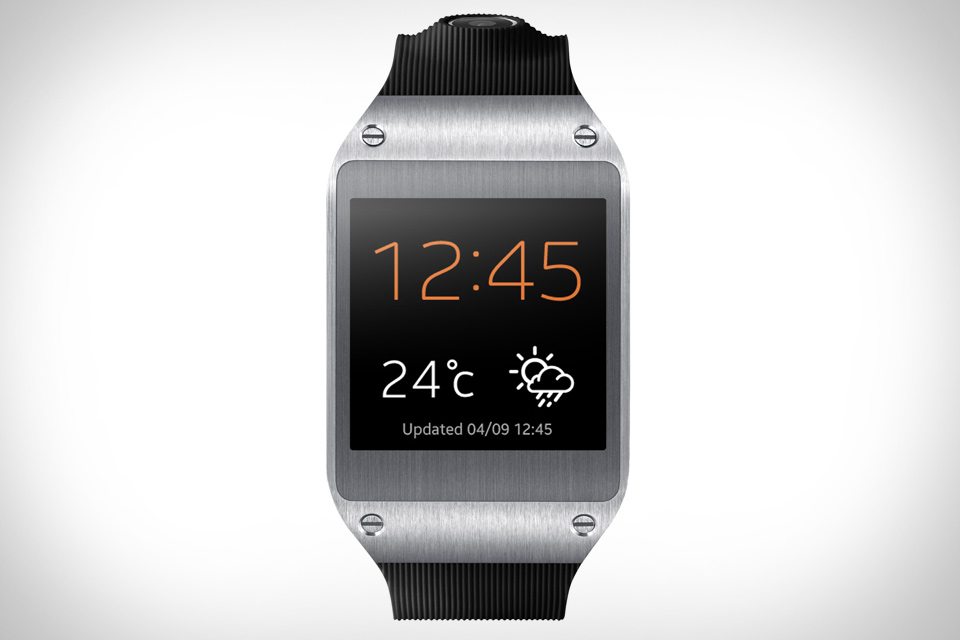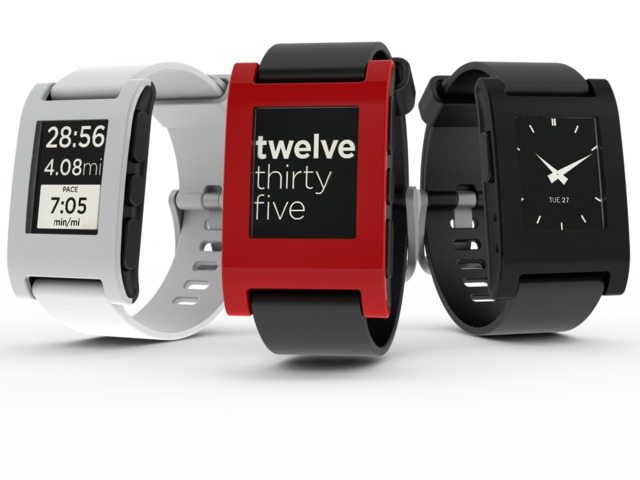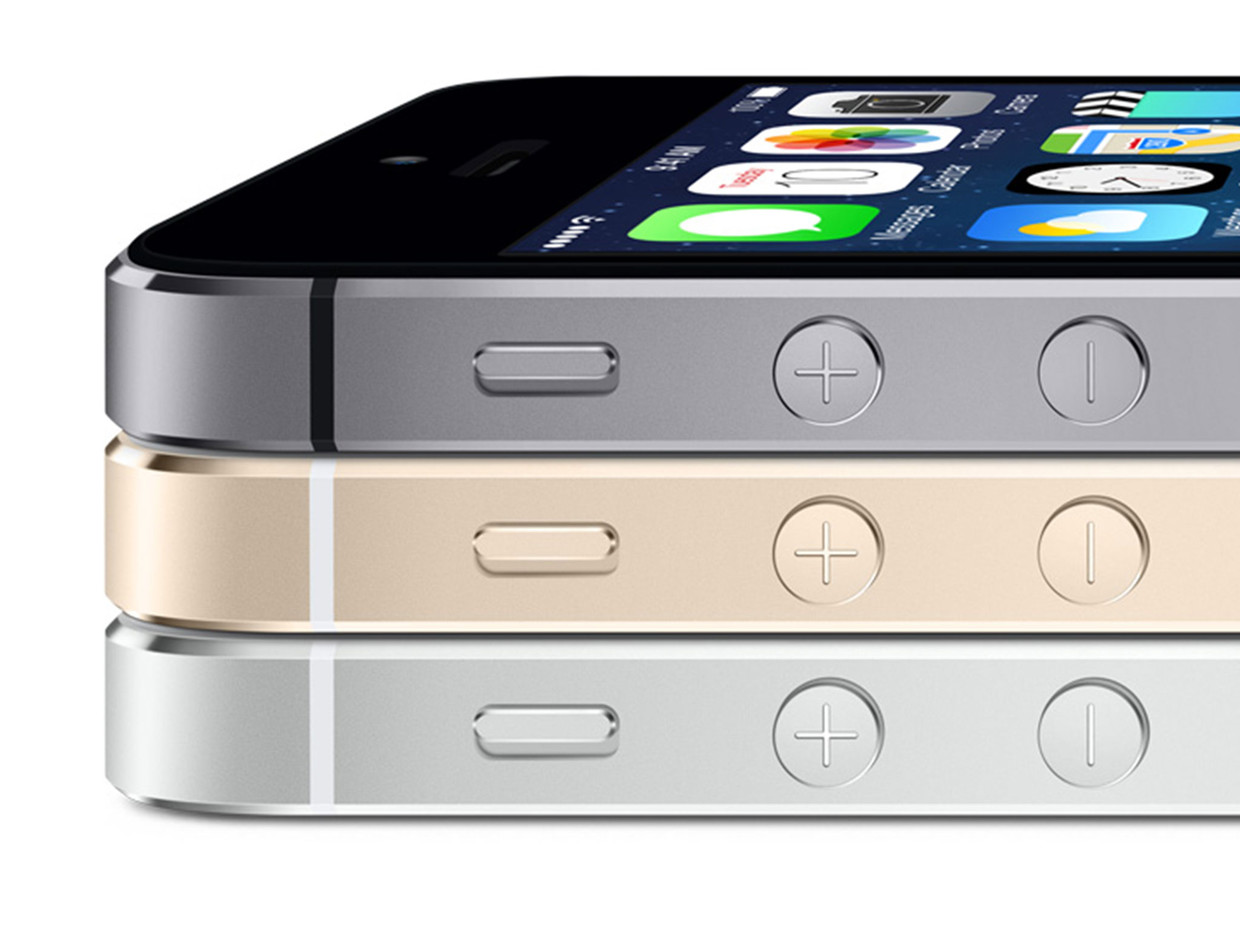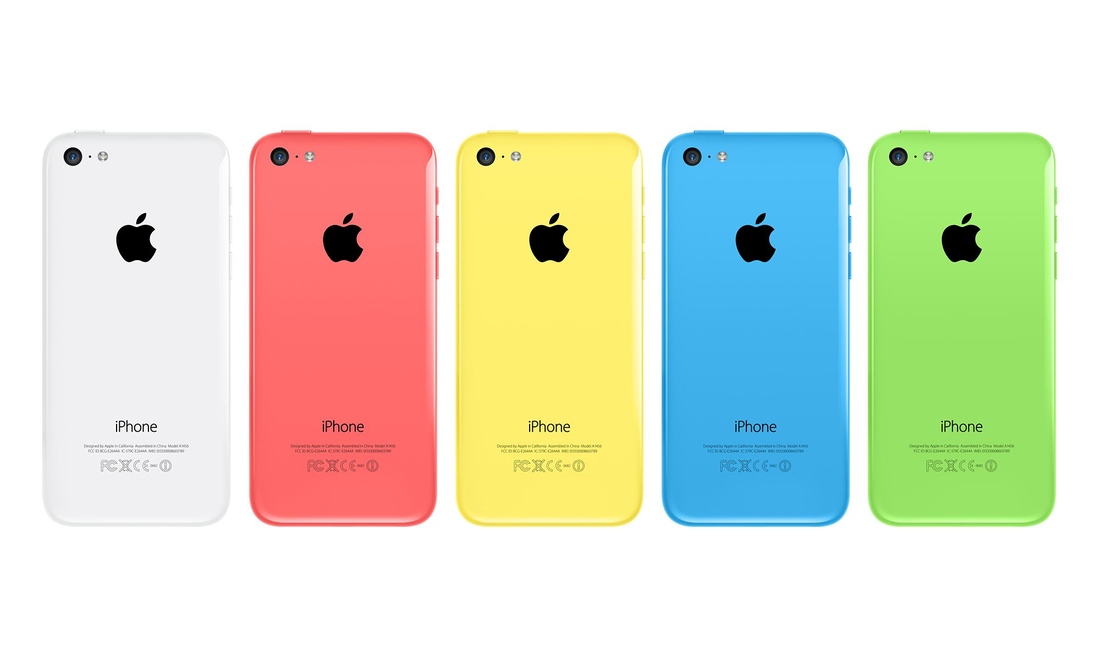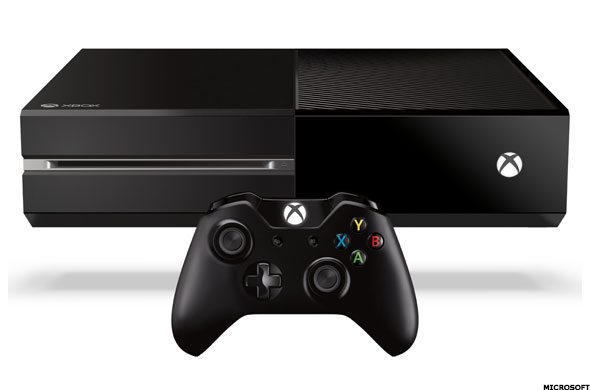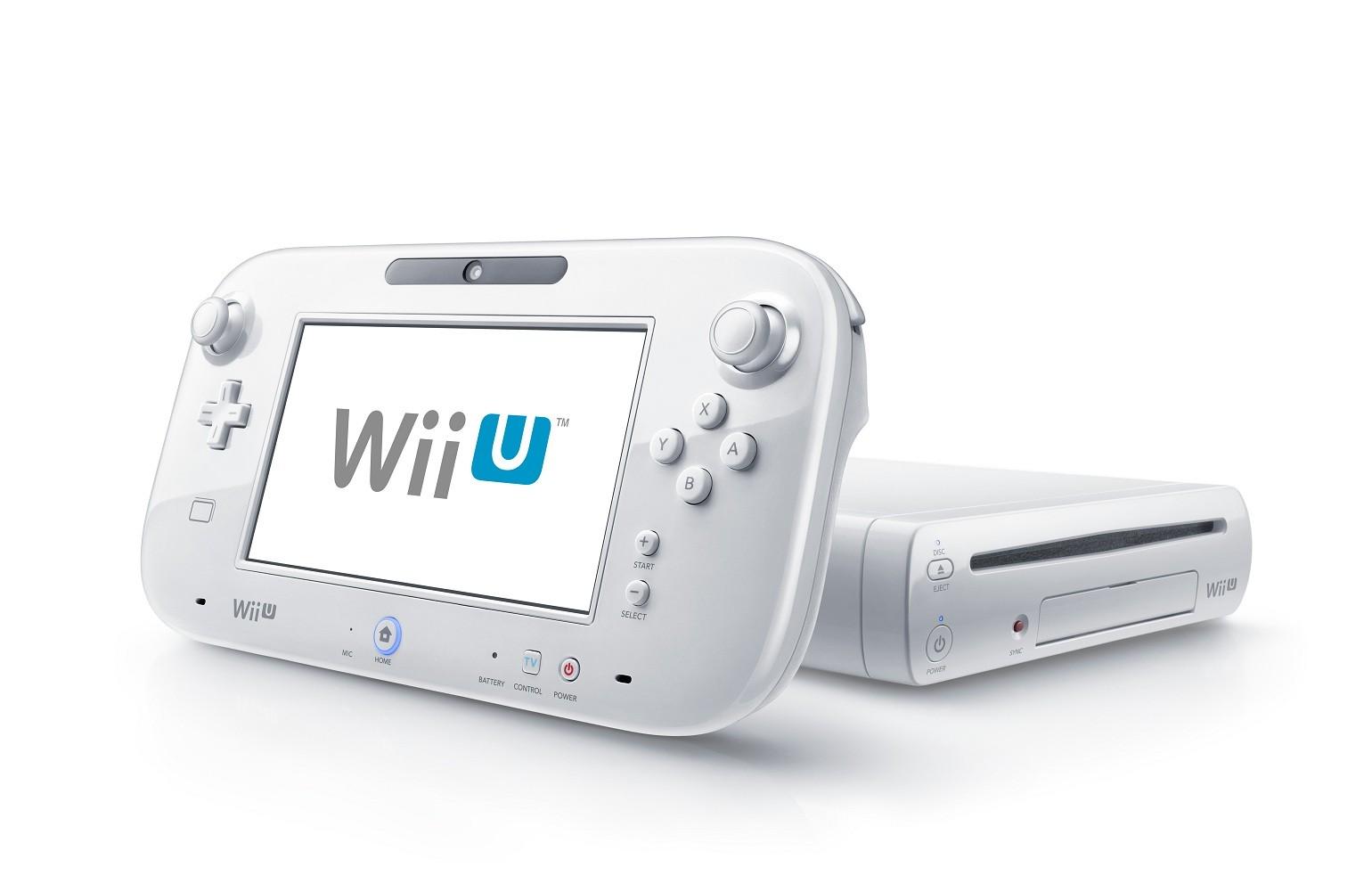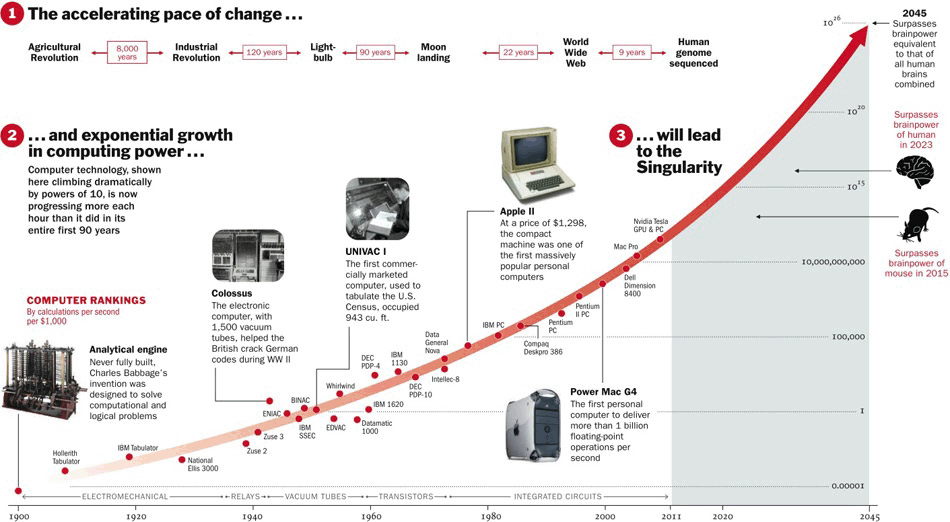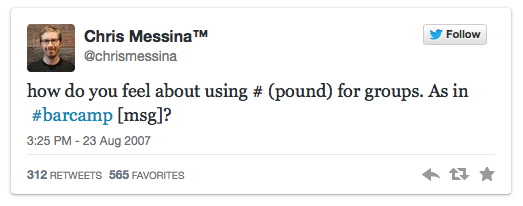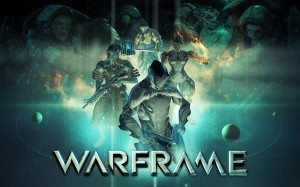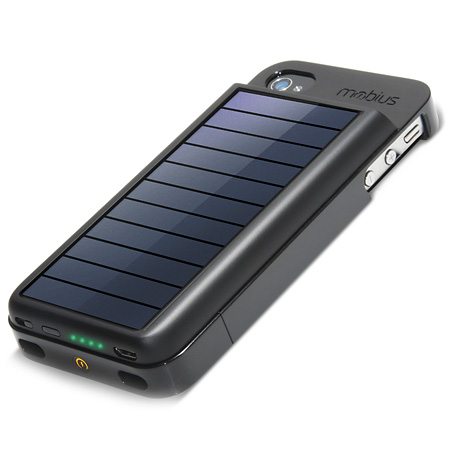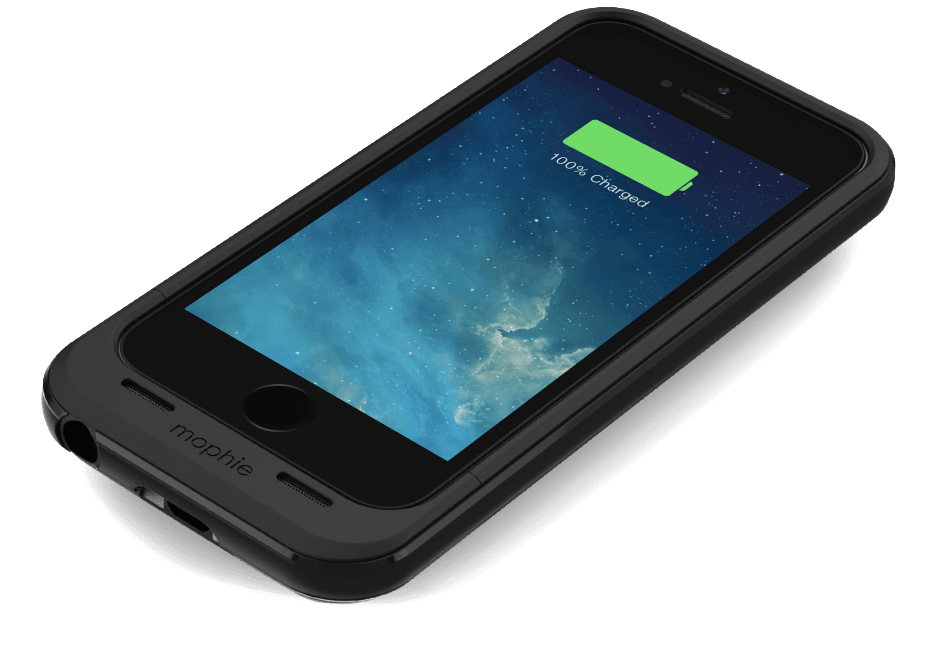As ride-sharing becomes the norm for society, it’s no surprise that other industries are starting to engage in the concept. Let’s talk about Rentbrella, a mobility and technology app that focuses on providing consumers with an umbrella-sharing service that is available for free 24-hour use. The mission of the brand is to reduce waste by minimizing the number of umbrellas that are being manufactured and discarded.
Rentbrella has over 35 umbrella-sharing stations throughout Manhattan in high-traffic areas. Imagine this, it’s raining cats and dogs and you forgot your umbrella, through the Rentbrella app you can access which location is closest to you and be pointed in the direction of an umbrella.
The best part about this program is the quality fabrication used to make the umbrellas. Rentbrella produced umbrellas that use state-of-the-art hydrophobic material, feature UV protection capabilities, and are made from fiberglass which provides extra shielding from strong winds.
Once users are finished using the umbrellas, they can be returned to any Rentbrella station. After the first free 24-hours, they can expect to be charged $2 per day for the second and third days. If the umbrella has not been returned by the third day or wants to keep the umbrella, they will be charged a one-time fee of $16.
Rentbrella is a great concept, especially for busy New Yorkers who may forget their umbrella at home.
Let us know what you think of this app and if you come across any stations around the city!


